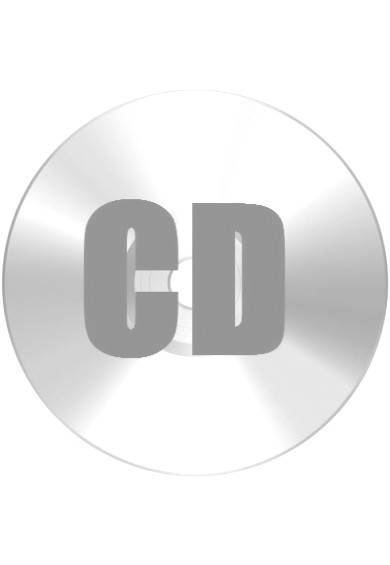In 1913, Marcel Duchamp dropped three pieces of string, each a meter long, from a height equal to their length. He then cut shapes into pieces of wood in order to document the rumpled line of his three fallen strings. In essence, Duchamp conceived his 3 Standard Stoppages as a preservation of chance, which he viewed as a means to combat logical reality. In addition to Duchamp's self-proclaimed antipathy to the rational world, he was quite particular in how he contextualized and executed his ideas through readymade objects, chance operations, and his notorious psycho-sexually charged dioramas. It is this dualism between the chance operation and an absolute intellectual/technical control which brings us to the present age, and to Spoonbender 1.1.1 in particular. the acceptance and integration of opposites results in the 3rd option: everything. The San Francisco-based Spoonbender 1.1.1 outlines itself as the 'tele-ambient dream self' of the critically-acclaimed, 'populist avant-tronics and media group' I Am Spoonbender. It is important to note that Spoonbender 1.1.1 declares itself not a side project of I Am Spoonbender, but a psychologically immersive extension of the central IAS concept. Both projects uncover the hidden connections that lie beneath the surface of reality by delving into the arenas of paranormal research - the exploration of the occult significance surrounding the number 3 and its strange laws, for example - but the intended outcomes for these concepts are decidedly different. for Stereo Telepathy Academy, Spoonbender 1.1.1 exercises psychic community through the architecture of the soundtrack. At the beginning of the first 'transmission' of Stereo Telepathy Academy on November 3rd, 2004 - a performance where the group supported Genesis P-Orridge's PTV3 - 1.1.1's Dustin Donaldson announced that "tonight's Spoonbender 1.1.1 show is governed by chance operations and the 'third mind' technique. Spoken text was taken from one film, overlayed onto images from another film, and the score was composed while viewing a third (and secret) film source. The synchronistic results appear to be intentional." Such was the strategy of Duchamp's aforementioned piece nearly a century ago; but Spoonbender 1.1.1's collision of artforms also employs the technique found in the William S. Burroughs / Brion Gyson classic The Third Mind. As the images of David Cronenberg's rarely seen film Crimes Of The Future flickered, Spoonbender 1.1.1 radiated an inverted telekinetic minimalism of undulating tones supporting the third piece of the puzzle: spoken text from Cronenberg's Stereo, a faux-documentary detailing a surgical procedure for the advancement of telepathic communication. The result: a sort of 'Wizard Of Oz / Dark Side Of The Moon' for the mimetic engineering mindset.
12.00€
In Stock
Format: cd
-
+

